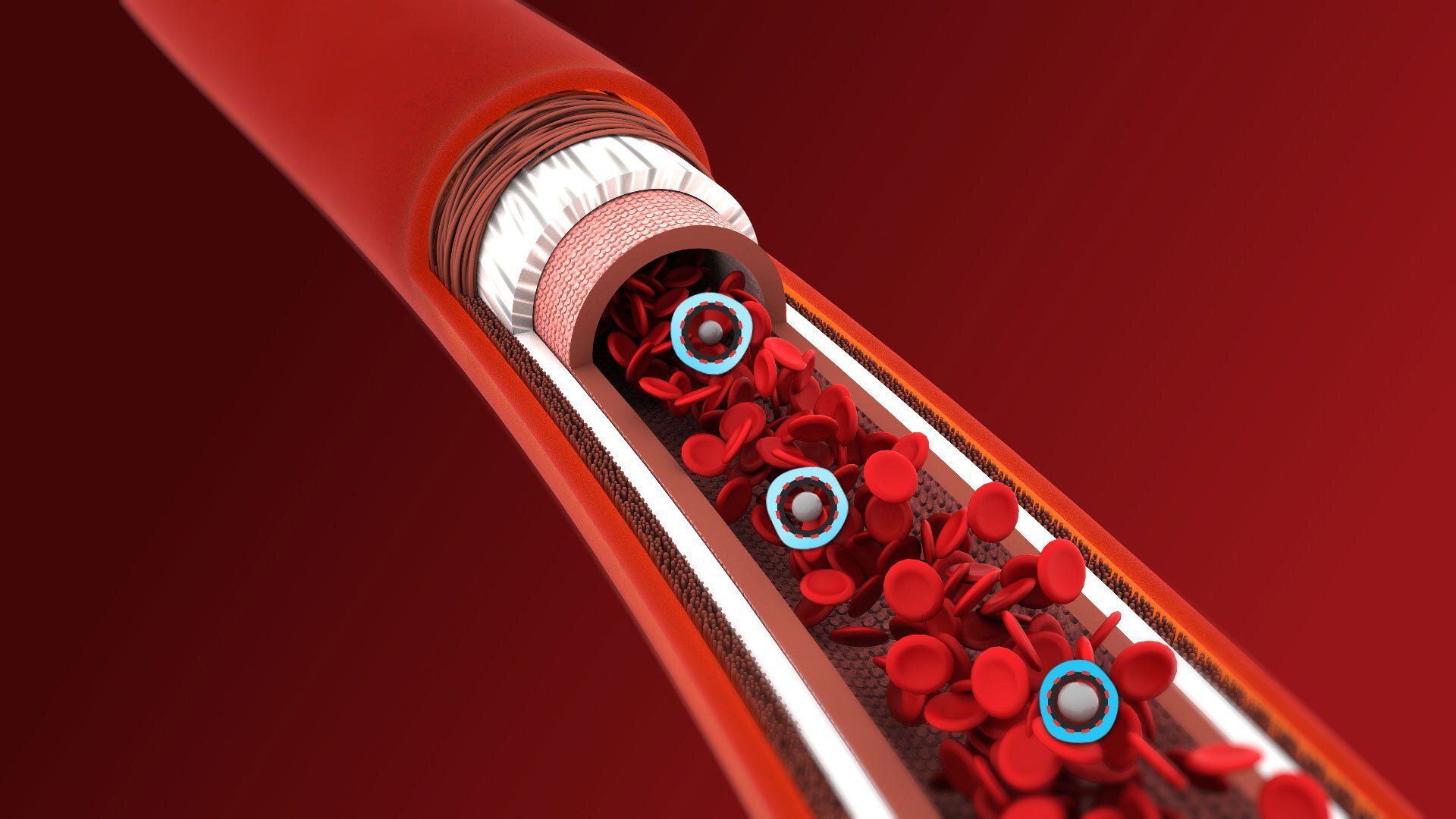- December 15, 2022
- By Emily C. Nunez
In an effort to identify a universal treatment for drug overdose, a team of University of Maryland scientists has created a new chemical compound that could be a promising antidote for methamphetamine and fentanyl.
While opioids like fentanyl have a reversal agent in naloxone, marketed as the nasal spray Narcan, its effectiveness is limited and it is not an antidote for nonopioid drugs of abuse—like methamphetamine, PCP, mephedrone, ecstasy (MDMA) and cocaine, said Lyle Isaacs, a professor in the Department of Chemistry and Biochemistry at UMD, lead author of the study published today in the journal Chem. “That’s one of the huge opportunities for our compound.”
The call for treatment options follows a dramatic rise in fatal drug overdoses in the United States. Nearly 92,000 people died from overdoses of illegal drugs and prescription opioids in 2020—more than five times the number 20 years earlier—and synthetic opioids like fentanyl are one of the main culprits.
The study was conducted by Isaacs’ lab in collaboration with researchers in UMD’s Department of Cell Biology and Molecular Genetics and Department of Psychology. Although Isaacs and Weijian Xue, a former postdoctoral associate in the Department of Chemistry and Biochemistry, first documented the synthesis and chemical properties of the new compound, Pillar[6]MaxQ (P6AS), in 2020, this study reports its first in vivo applications.
In vitro and in vivo laboratory tests showed that P6AS successfully sequestered fentanyl and methamphetamine, a nonopioid stimulant, and mitigated their potentially deadly biological effects. Additional in vitro tests revealed that P6AS also binds strongly to other drugs, including PCP, ecstasy and mephedrone, which suggests that P6AS could someday be used to counteract a wide array of drugs.
P6AS works as a molecular container, which means that it binds and sequesters other compounds in its central cavity. In vivo tests revealed that the effects of methamphetamine could be reversed by administering P6AS five minutes later, which is “still a little bit short for real-world situations,” Isaacs said. The effects of fentanyl, however, could be reversed by administering P6AS up to 15 minutes later, which comes closer to meeting the federal guidelines for drug reversal agents.
Unlike naloxone, which stops a drug of abuse from binding to receptors in the brain, the UMD team’s molecular container targets drugs directly in the bloodstream.
“Our compound soaks up the drug in the bloodstream and, we believe, helps promote its excretion in the urine,” Isaacs said. “This is known as a pharmacokinetic process, where we’re trying to minimize the concentration of free drug that’s present in the body.”
Whether this compound helps promote a drug’s excretion from the body must be tested experimentally. If it performs in the way that researchers think it will, it could be particularly useful for overdoses of fentanyl, which is up to 50 times stronger than heroin and up to 100 times stronger than morphine. Its potency and lingering effects in the body explain why some patients continue to overdose even after receiving naloxone. Isaacs believes that the excretion of fentanyl could help prevent this phenomenon, known as renarcotization.
Isaacs said it will likely be years before the new compound is approved for human use. However, he envisions that it could be delivered as an injection, much like naloxone but potentially with broader applications. Isaacs believes it could even be used to treat overdoses of extremely powerful drugs like carfentanil, which has been linked to a string of overdose deaths in recent years.
“In addition, people are getting so much fentanyl that multiple doses of naloxone are needed, so there’s room for a new and improved agent that might help in those situations,” he said.
